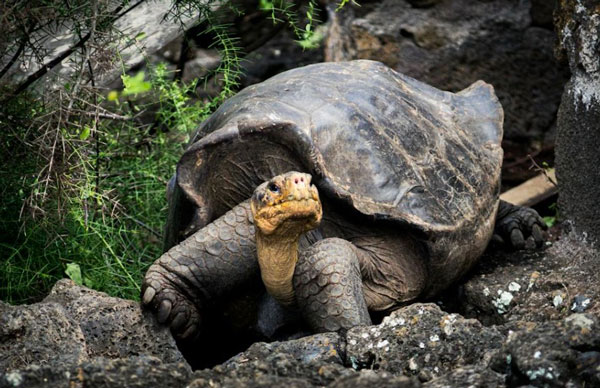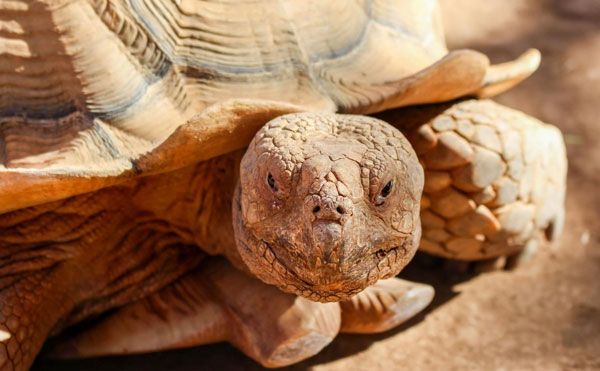How Long Do Turtles Live? A Comprehensive Guide
When it comes to lifespans, turtles are often viewed as some of the oldest living creatures on the planet. Their impressive longevity is a subject of fascination for both scientists and pet owners alike. In this article, we’ll explore just how long turtles live, factors contributing to their longevity, and ways you can help your pet turtle live a healthier, longer life.

Lifespan of Different Turtle Species
Turtle lifespans can vary significantly depending on the species, habitat, and care they receive. Generally speaking, turtles can live from a few decades to over a century. Here’s a breakdown of the lifespans of various turtle species:
Box Turtles: Often found in North America, box turtles can live up to 50 years in the wild, with some individuals reaching 100 years when properly cared for in captivity. These turtles are recognized by their dome-shaped shells and vivid markings.
Sea Turtles: These marine reptiles have some of the longest lifespans among turtles, ranging from 50 to over 100 years. Notably, the Leatherback sea turtle can live for more than 70 years. Factors such as ocean pollution and fishing nets pose threats to their longevity.
Red-Eared Sliders: A common pet turtle, red-eared sliders typically live between 20 to 40 years in captivity with proper care. Their lifespan in the wild is often shorter due to predators and environmental hazards.
Galápagos Tortoises: Famous for their size and longevity, Galápagos tortoises can live up to 150 years. Some have even been known to surpass this age, making them some of the longest-living vertebrates on Earth.
Painted Turtles: These popular freshwater turtles usually live between 20 to 30 years. However, with excellent care, they can sometimes reach an age of 40 years or more.
Snapping Turtles: Known for their aggressive behavior, snapping turtles have a lifespan of 30 to 50 years in the wild. In captivity, they may live longer if kept in a suitable environment.
Why Do Turtles Live So Long?
The impressive longevity of turtles is attributed to several factors, each playing a crucial role in their extended lifetimes. Understanding these factors can provide deeper insight into their unique biology.

Slow Metabolism: Turtles have a remarkably slow metabolism, which means they require less oxygen and food compared to other animals. This slow metabolic rate reduces the wear and tear on their bodies over time.
Protective Shell: The hard shell of a turtle acts as a natural defense mechanism against predators, contributing to their longer lifespans. The shell’s design provides them with protection and reduces the likelihood of fatal injuries.
Minimal Predation: Adult turtles, particularly larger species, face fewer natural predators. Their tough shells and slow movements make them less likely targets, allowing them to live longer.
Efficient Reproductive Strategy: Many turtles lay numerous eggs at once, increasing the odds of offspring survival. Although not directly affecting their lifespan, this strategy ensures their long-term survival as a species.
Adaptability: Turtles have evolved to survive in various environments, from freshwater rivers to oceans. Their adaptability to different conditions helps them evade extinction and thrive for longer periods.
Strong Cellular Mechanisms: Turtles have robust cellular repair mechanisms that reduce the effects of aging. Their cells can better cope with stress and damage, allowing them to maintain good health for many years.
How to Help Turtles Live Longer?
Whether in the wild or in captivity, there are several strategies you can employ to help turtles live longer, healthier lives.
Proper Diet: Providing a balanced diet rich in vitamins, minerals, and protein is crucial. For captive turtles, consider high-quality commercial turtle food, supplemented with fresh vegetables, fruits, and fish.
Clean Habitat: Ensure that the turtle’s habitat is kept clean and free of pollutants. Regularly clean their enclosures and maintain water quality for aquatic species to prevent diseases and infections.
Regular Veterinary Check-ups: Just like any other pet, turtles benefit from regular veterinary check-ups. Early detection of illnesses can lead to more effective treatment and a longer lifespan.
Safe Environment: Protect turtles from predators and potential hazards. For pet turtles, ensure their enclosures are secure and free from sharp objects that could cause injuries.
Exercise: Provide ample space for turtles to move and exercise. This is particularly important for larger species that require more room to roam.
UVB Lighting: For captive turtles, proper lighting is essential. UVB lighting helps in the synthesis of vitamin D, which is crucial for shell and bone health.
Conclusion
While the lifespan of turtles can vary widely among species, certain factors like a slow metabolism, protective adaptations, and a healthy lifestyle contribute significantly to their longevity. By understanding these aspects and providing proper care, we can help ensure that these fascinating creatures thrive for many years, whether in the wild or as beloved pets.
FAQs
Can turtles live up to 500 years?
No, turtles cannot live up to 500 years. While some species, particularly large tortoises, can live over 150 years, there is no scientific evidence of turtles living for five centuries.
What is the oldest turtle to ever live?
The oldest known turtle is Jonathan, a Seychelles giant tortoise (Aldabrachelys gigantea hololissa) believed to have hatched around 1832. As of 2024, he is approximately 191 years old, making him not only the oldest living turtle but also the oldest known land animal.
Has a turtle ever died of old age?
Yes, turtles can die of old age. As they reach the end of their natural lifespan, their vital functions gradually decline, just like in other animals. However, many turtles in the wild often succumb to other factors before reaching this stage.
